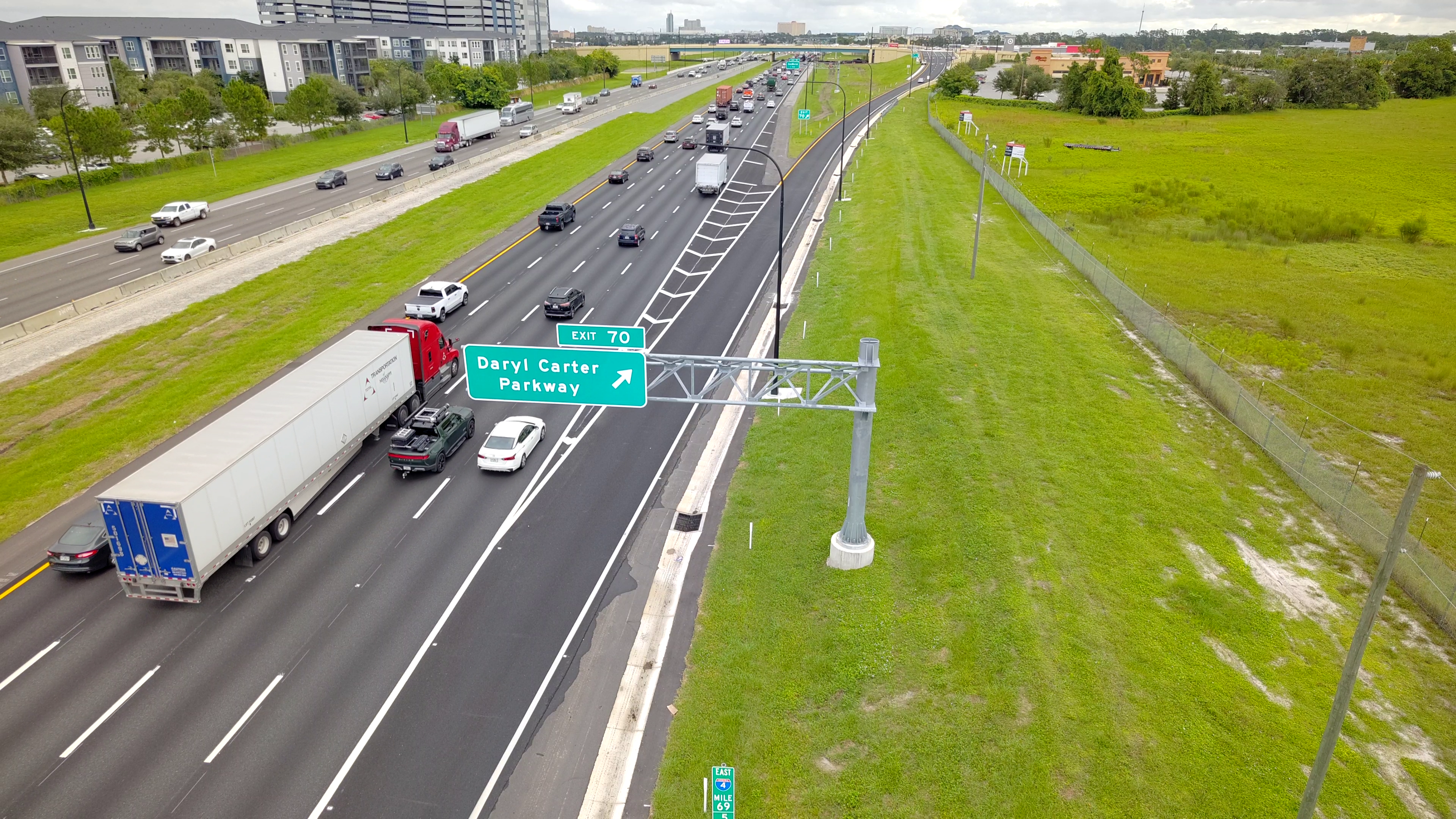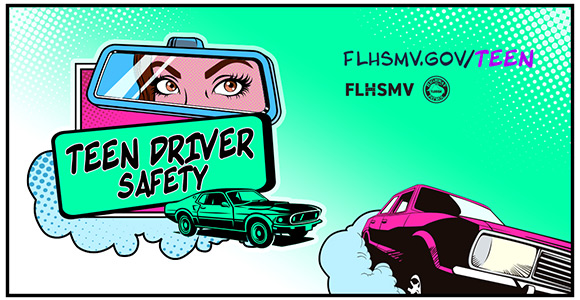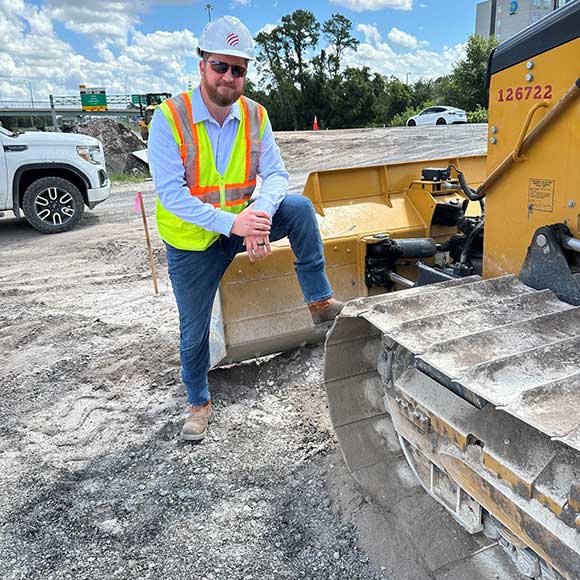Crews at the Interstate 4 (I-4) and Sand Lake Road (State Road (S.R.) 482) interchange improvement project are making progress constructing a new ramp system at the interchange. The ramp system is a critical part of making the redesigned interchange safer and more efficient.
Work includes constructing mechanically stabilized earth (MSE) walls for a new loop ramp that will carry traffic from westbound Sand Lake Road to Turkey Lake Road. Crews are also conducting subgrade work and grading for the pavement as part of this process.
MSE walls consist of layers of soil and backfill — material that is compacted to provide stability and improve drainage to a foundation or structure. These layers are placed between two concrete wall panels to help stabilize the shape of the roadway and prevent erosion.
Crews then spread material called subgrade on top of the backfill between the MSE walls. Subgrade is also made primarily of soil with other materials, including lime rock, mixed in to provide stability. Once crews spread the subgrade, they compact it and add a layer of asphalt — called the base course — on top to form the road surface.
When crews complete the loop ramp structure, the left turn across traffic from westbound Sand Lake Road to southbound Turkey Lake Road will be eliminated, improving safety. Once the loop ramp opens, westbound traffic on Sand Lake Road will keep right and use the free-flow right turn onto the loop ramp to access Turkey Lake Road, improving traffic flow and efficiency in this heavily traveled interchange.
Construction on the project began in 2023 and is expected to reach completion in 2027.
To learn more about the project, visit I4Beyond.com/SandLake.






